Apply now to join our next cohort of Community Science Fellows and Community Leads!

Residents Against the Tunnels (RATT) staged a protest against the proposed Baltimore and Potomac (B&P) Tunnel Project. Photo courtesy of Soledad Salamé.
The proposed Baltimore and Potomac (B&P) Tunnel Project involves boring a four-track tunnel (two passenger trains and 2 freight trains) for approximately 4 miles through the west of downtown Baltimore. This construction project has led the residents of the affected communities to fear for their safety, their homes, and the environment as the tunnel construction will go directly under about 300 historical 19th century buildings including, homes, churches, and schools. To oppose this underground tunnel construction, the community would like to 1) conduct an independent analysis of the geological reports associated with the tunnels, 2) assess the structures of affected buildings and provide a report documenting the potential risks associated with the use of Tunnel Boring Machines (TBMs) and explosives during construction and transit of up to 388 trains per day during operation. The goal is to not only conduct independent risk analysis of the tunnel construction but to also empower the community with professional evidence to oppose and raise awareness about the B&P Tunnel Project.
The Thriving Earth Exchange Project involves the West Baltimore region, consisting mainly of low-income communities of different ethnicities and backgrounds. The Urban region is predominantly made of neighborhoods (housing approximately 6000 people) along with churches, schools, and synagogues. In addition, the region also contains three large historic districts namely, the Reservoir Hill Historic District, the Edmondson Avenue Historic District, and the Midtown-Edmondson Historic District. The neighborhoods are comprised of 19th century buildings constructed with unframed brick and soft mortar. In recent years, these old buildings have endured severe damages from natural disasters, City infrastructure maintenance, and neglect. Some are currently in fragile condition. Hence, the community has raised concerns about the potential harm that underground tunnel construction will have on their lives, homes, and environment.
This Amtrak Tunnel Project, overseen by the U.S. Department of Transportation (DOT) Federal Railroad Administration (FRA), and developed in partnership with the Maryland DOT, and the Baltimore City DOT, has been advertised to the public as a train tunnel renewal project that will modernize and improve the train experience for passengers. However, it does not comprehensively consider the risk and harm associated with the construction of such tunnels under the homes of the West Baltimore region. This is highlighted by the Final Environmental Impact Statement (FEIS) which shows incomplete risk analysis. Specifically, the FEIS does not:
These flaws within the risk analysis assessment have led the community to fear for their neighborhoods and demand further risk assessment analysis with no prevail. This lack of concern towards the safety of the citizens, has led to formation of the Residents Against the Tunnels (RATT) organization–a coalition of more than 400 concerned residents and business owners.
The priority of this Thriving Earth Exchange Project in collaboration with the RATT community leaders is to independently conduct risk assessment associated with the B&P tunnel construction. The project will involve reviewing the official FEIS and geological and seismic test reports. Additionally, it’s necessary to perform structural analysis on impacted historic houses in this area and report any potential risks. This will provide the community with independent risk assessment analysis through professional and significant scientific techniques. If major risk is to be found from the tunnel construction, the community will be empowered with scientific and technical evidence to provide to the elected officials.
The trajectory of the project is expected to adhere to the following trajectory:
How long will the project take?
When will it start?
Key Dates and Milestones
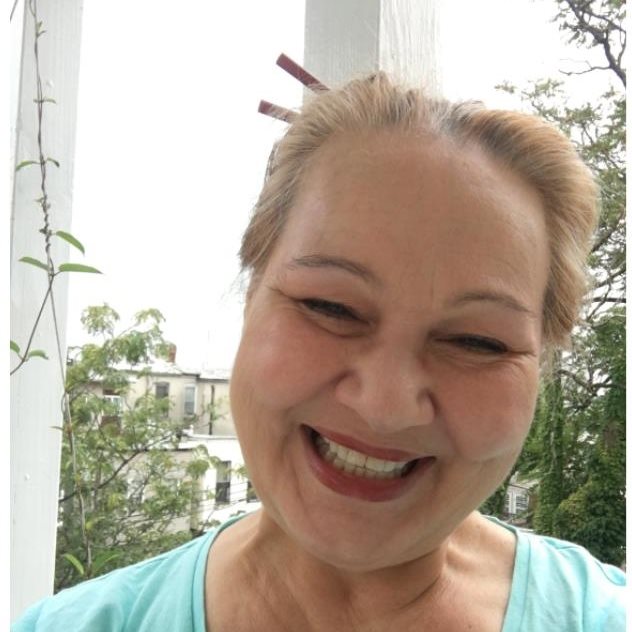
Laura Amlie first moved into her West Baltimore row house as a student renter in 1979 and fell in love with the historic neighborhood. She bought the building and spent hundreds of hours and thousands of dollars stabilizing and renovating it. She has fond memories of those early years when with more determination and strength than money or sense she personally re-roofed it and jack-hammered up the cement pad yards to put in lilacs, daffodils, and roses. Laura took her MFA in Theater Directing and Design to the corporate world to serve as a Creative Director for a Baltimore Events firm for 25 years. She now works as a stage manager for business meetings and charity galas.
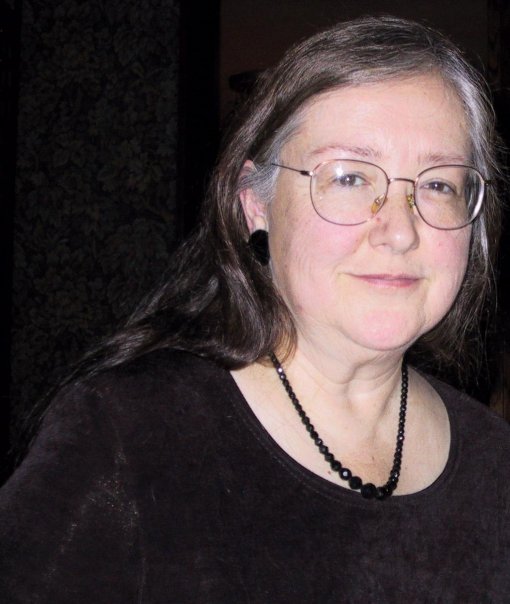
Kathy Epple has been a Baltimore resident for more than 30 years. She is retired from a career with the Federal Government where she led software developers and network administrators and improved development practices. She is a founding member of RATT and was RATT’s first president. She is currently a member of the RATT Board of Directors. With her husband, she collects antique musical mechanical antiques.
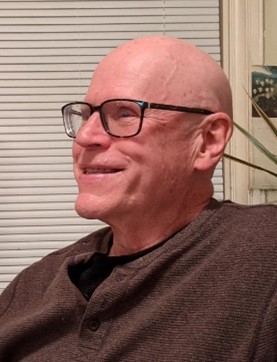
Mark West has been a resident of Reservoir hill for 33 years. He is an artist craftsman with comprehensive knowledge and experience in architectural design, preservation, fine art, and antiques. He is a founding member of RATT.
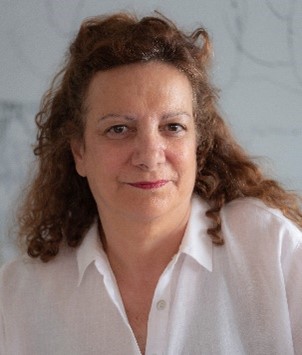
Soledad Salamé, is an American born in Santiago, Chile. Since 1987 she has lived and worked in Baltimore, Maryland, where she directs Sol Print Studio, an experimental project-based space for artists to develop their printmaking skills and artist expression. From 1973 to 1983, Salamé lived and studied in Venezuela where she first encountered the rainforest, a pivotal experience in her artistic development. As an interdisciplinary artist, Salamé creates work that addresses specific environmental and human rights topics. In the pursuit of new ideas, she has conducted intensive field research in the Americas and Antarctica. Her work has been featured at numerous venues, including Washington’s National Museum of Women in The Arts, Baltimore Museum of Art, Milwaukee Museum of Art, Denver Museum of Art, Miami Art Museum and the Museo de Bellas Artes, Santiago, Chile. Salamé’s work is represented in private and public collections internationally, including Washington’s National Gallery of Art. In publication her work is included in The Contemporary Museum, 20 Years, by Irene Hoffman, Latin American Women Artists of the United States, by Robert Henkes and Latin American Art in the Twentieth Century, by Edward J. Sullivan. She has been a member of RATT since 2015.
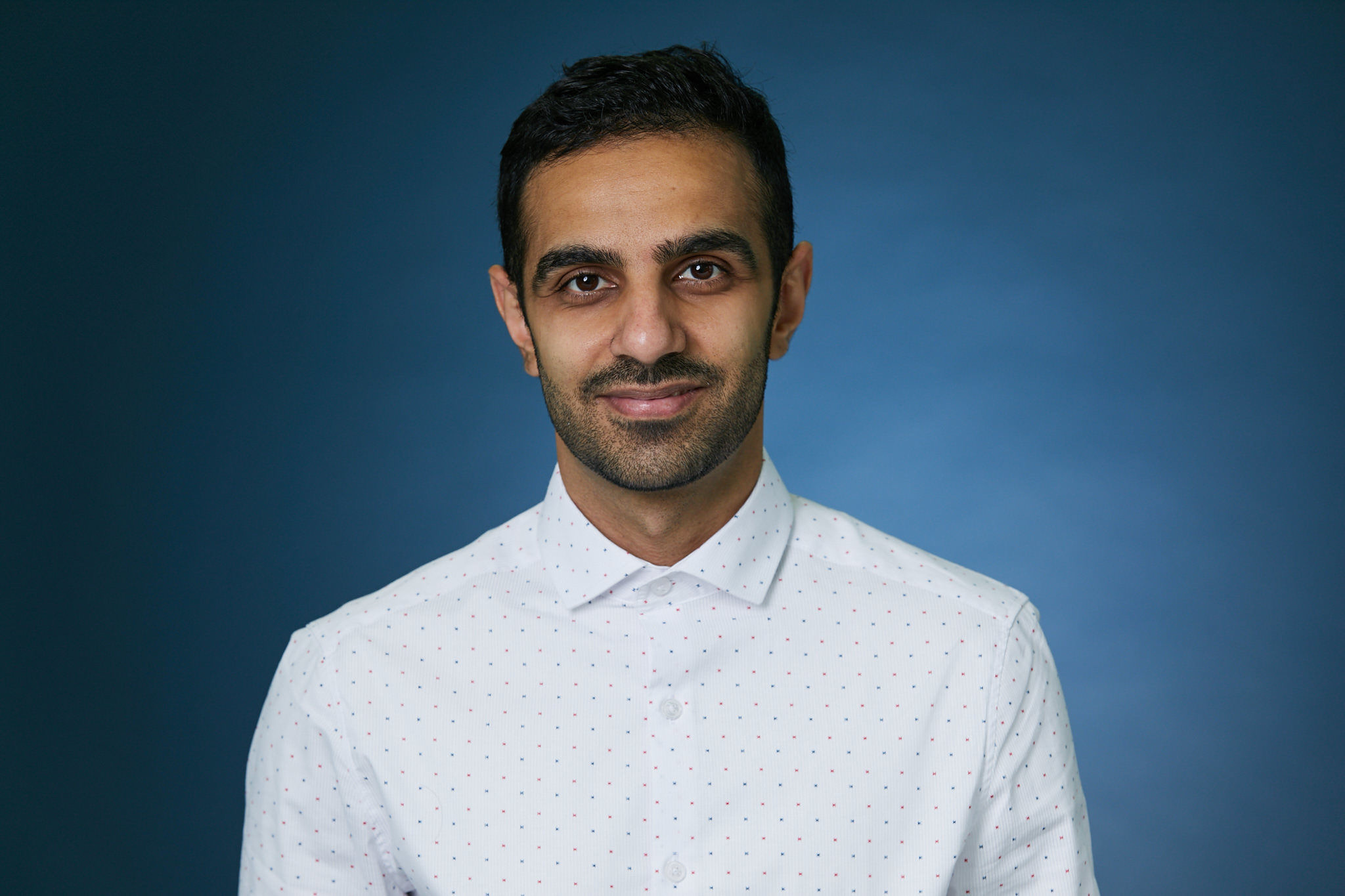
Kotiba Malek is a PhD candidate in Chemical Engineering at the University of Maryland. His research is focused on the effects of atmospheric aerosols on climate change. Originally from Iraq, Kotiba was raised in Malaysia before attending Kenyon College (Ohio), where he received his B.A. in Biochemistry. While at Kenyon, he also served as an Advanced EMT and firefighter for the college and surrounding townships.
Desired skills and qualifications
Desired skills and qualifications
Thriving Earth Exchange asks all scientific partners to work with the community to help define a project with concrete local impact to which they can contribute as pro-bono volunteers and collaborators. This work can also position the scientists and communities to seek additional funding, together, for the next stage.
Interested in volunteering as a scientist? Apply now!
(c) 2024 Thriving Earth Exchange